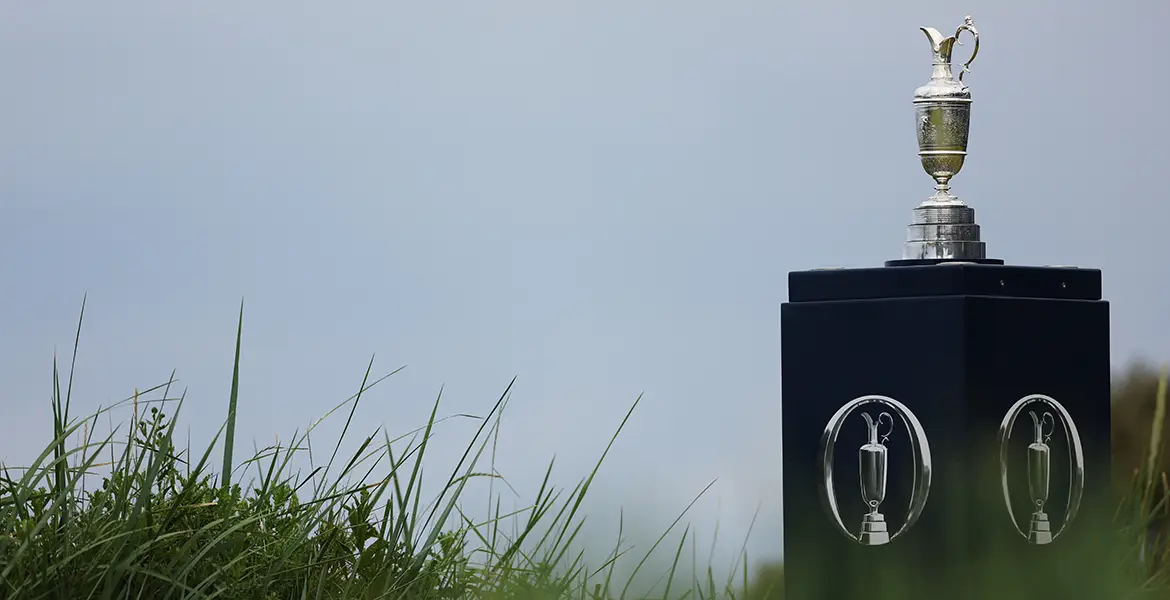
The 3rd Hole at Spyglass Hill Golf Course. Photo by Evan Schiller.
When Robert Trent Jones Sr. was designing Spyglass Hill Golf Course in the 1960s, the working title was Pebble Pines. But Pebble Beach visionary Samuel F.B. Morse came up with a better name: Spyglass Hill, in honor of Robert Louis Stevenson, who lived in the area in the 1870s.
Although Treasure Island is set in England, it’s clear Stevenson had the Monterey Peninsula in mind when he wrote in the novel: “The doctor opened the seals with great care, and there fell out the map of an island, with latitude and longitude, soundings, names of hills and bays and inlets, and every particular that would be needed to bring a ship to safe anchorage upon its shores. It was about nine miles long and five across, shaped, you might say, like a fat dragon standing up, and had two fine landlocked harbours, and a hill in the centre part marked ‘The Spy-glass.’”
The golfer sees something very close to Stevenson’s description from the 1st tee, a wonderful visual introduction to the course. There is the broad sweep of Monterey Bay, with the city of Santa Cruz to the north and Monterey to the south.
Spyglass always has been considered two courses in one—a spectacular opening quintet on dunesland, followed by a mostly uphill, 13-hole march through tall pines and cypress trees. Those first five holes are the most popular—their sandy wastes, stunted shrubbery and coastline setting reminiscent of the game’s Scottish origins.
Trent Jones’ original design is so good that no major revisions have been made to the layout. That’s unusual in American golf, in which many of our most revered courses have gone through significant changes. To be sure, Spyglass has been lengthened. But otherwise, there have been only what can be described as tweaks.
The holes have character in more than just design. Just before the course opened in 1966, Jack Hanna, then director of the Northern California Golf Association, named each hole after a character or site in the novel. For example, the 595-yard, dogleg-left opening hole is “Treasure Island,” because, “the first green is actually an island in the sand. To hit the green in par figures is to be rewarded.”
The 2nd is “Billy Bones”—“like the character in the book, he appears early, doesn’t stay long, but is long remembered.” This uphill 349-yarder is surrounded by sandy waste areas and requires precise ball-striking. And so it goes: “Israel Hands” (the 416-yard 6th), “Captain Flint” (the 407-yard 10th).
The 462-yard 16th is “Black Dog.” Because the hole bends left to right, a drive can run through the fairway, but trees on the right side block a too-short tee shot. Holes like “Black Dog” have made Spyglass difficult, even for the pros.
Spyglass Hill has always been overshadowed by neighbor Pebble Beach, which has more magnificent vistas, U.S. Open pedigree and richer history. But “The Glass,” in its own unique way, is a treasure of American golf. The unpretentious entrance to the course—just a few feet off the main road, through “The Forest,” as the locals refer to the area—and its small but smartly appointed pro shop, says you have arrived at a place where golf is played.
No glitz, just golf—pure and simple.






